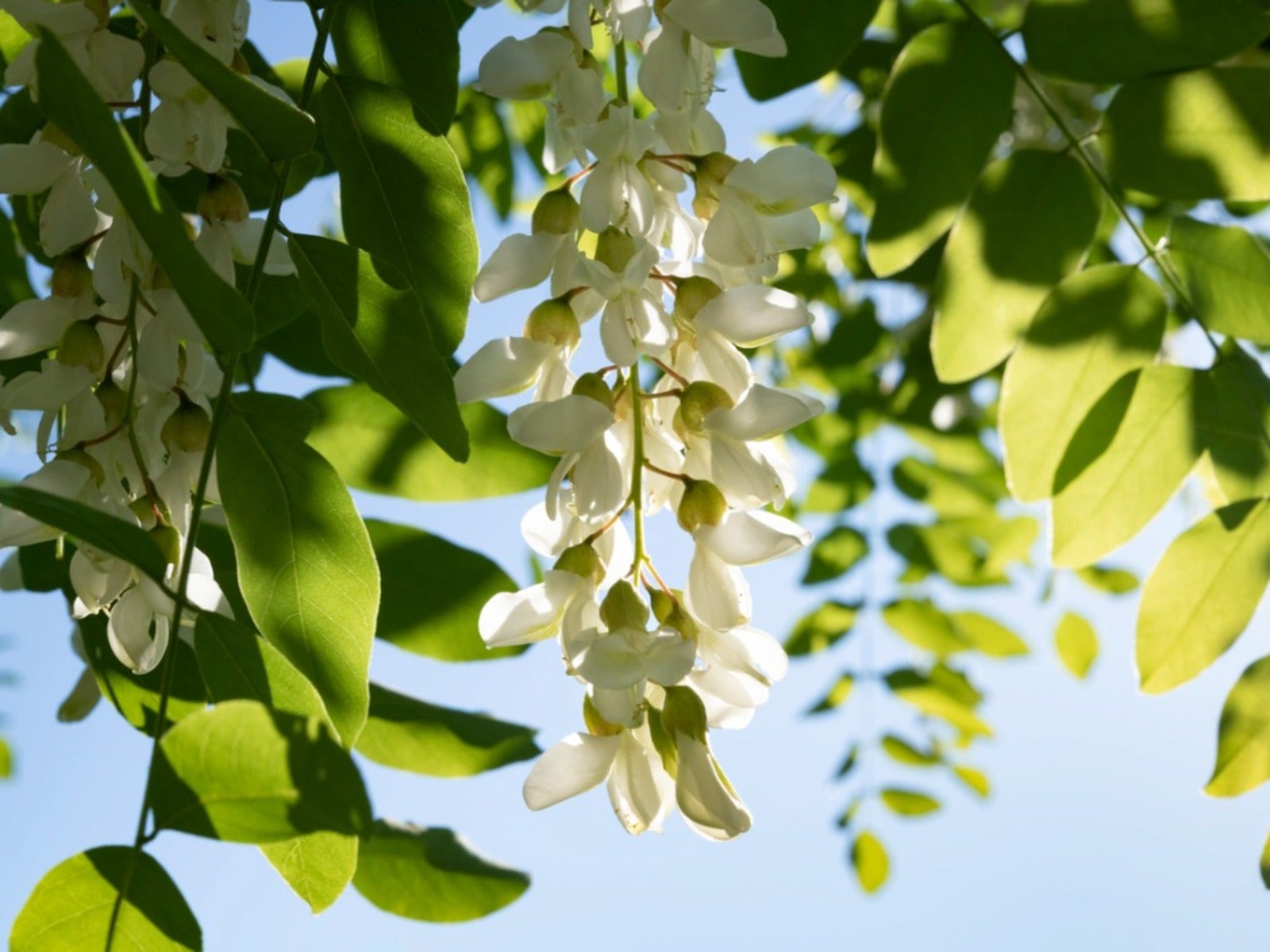Neonatives Vs. Old Natives – Defining Native Plants Isn’t Clear Cut


Nature is adaptive and has translated that quality to all the life that it hosts. Neonative plants are a prime example of such adaptability.
Plants that come from other regions often settle in quite comfortably to an area to which they are not native. This ability has led to changing definitions of what it means to categorize a plant as native.
As climates change, plants shifting outside their normal range will become commonplace. In some instances, though, this may be problematic.
Plants that establish in areas that they are not indigenous to are often called invasive. This has occurred in cases such as the kudzu vine which was imported to the American south to help stabilize soil. It is native to parts of Asia and has been called the “vine that ate the south.”
Efforts to eradicate the plant are consistent, but it has still eaten up much of the native habitat.
It is also possible to have invasive native plants. These are plants that have been found wild in a region for decades or even centuries, but did not originally have a place in the zone.
Climate change and native plants are posing questions on which plants are classed as indigenous.
Sign up for the Gardening Know How newsletter today and receive a free copy of our e-book "How to Grow Delicious Tomatoes".
What is Neonative?
Species ranges are ever-changing as weather patterns force them to move to more hospitable sites. This occurs with our wild fauna as well as flora.
Other factors that cause migration are human made changes to topography, and human-fueled dispersal. The latter is common, as in the case with the kudzu vine, while the former is an ongoing condition as we humans colonize previously wild ranges.
Neonative species are opportunists which take advantage of favorable locations as their previous growing zone becomes less inviting. This causes a redistribution of common biodiversity where one species falls out, but another replaces it.
Some of the moving species pose little risk but others, like Black Locust, can outcompete traditional native species due to its extreme adaptability.
Difference Between Native, Neonative, and Alien
Native plants are species that have been historically recorded in an area, whether through modern observation or archaeological finds. Neonative plants migrate primarily in response to the effects of human made changes.
Alien plants are those that humans have actively introduced. The latter two types of taxa can have a broad and potentially negative impact on historical species.
The effect can transverse the plant world, but also animals, and even life on a microscopic level. The colonization of a previously non-native species alters the natural order of the area. This small change can springboard hundreds of smaller changes, creating a new environment and biodiversity.
In order to survive climate change, native species are having to migrate north and up-slope, to areas previously occupied by other species.
These new arrivals may displace the historical flora and ultimately disrupt the wild diversity for all life, although this only occurs occasionally. The situation is also calling for new ways to classify species and potentially a change in conservation methods.
Native Plants and Climate Change
Neonatives could also be called native invasive species. For instance, a plant that is native to parts of North America may shift to a part of that continent where it was previously not found.
Human activities cause things like pollution, over-harvesting, nutrient deficiencies, surfeits of certain nutrients and minerals, and climate change. It is the latter which has seen the most native shift in the modern era.
Studies have shown the expansion and shift of species has accelerated in the last decades. This would suggest human driven activities and byproducts are causing the movements.
Increasing numbers of life have had to migrate to find areas that favor their development. These new species are the subject of debate over new classifications for native taxa.
The debate will evolve and continue as the situation extends. A Climate Change Redistribution Treaty has been proposed that would manage shifting species while conserving native life.

Bonnie Grant is a professional landscaper with a Certification in Urban Gardening. She has been gardening and writing for 15 years. A former professional chef, she has a passion for edible landscaping.